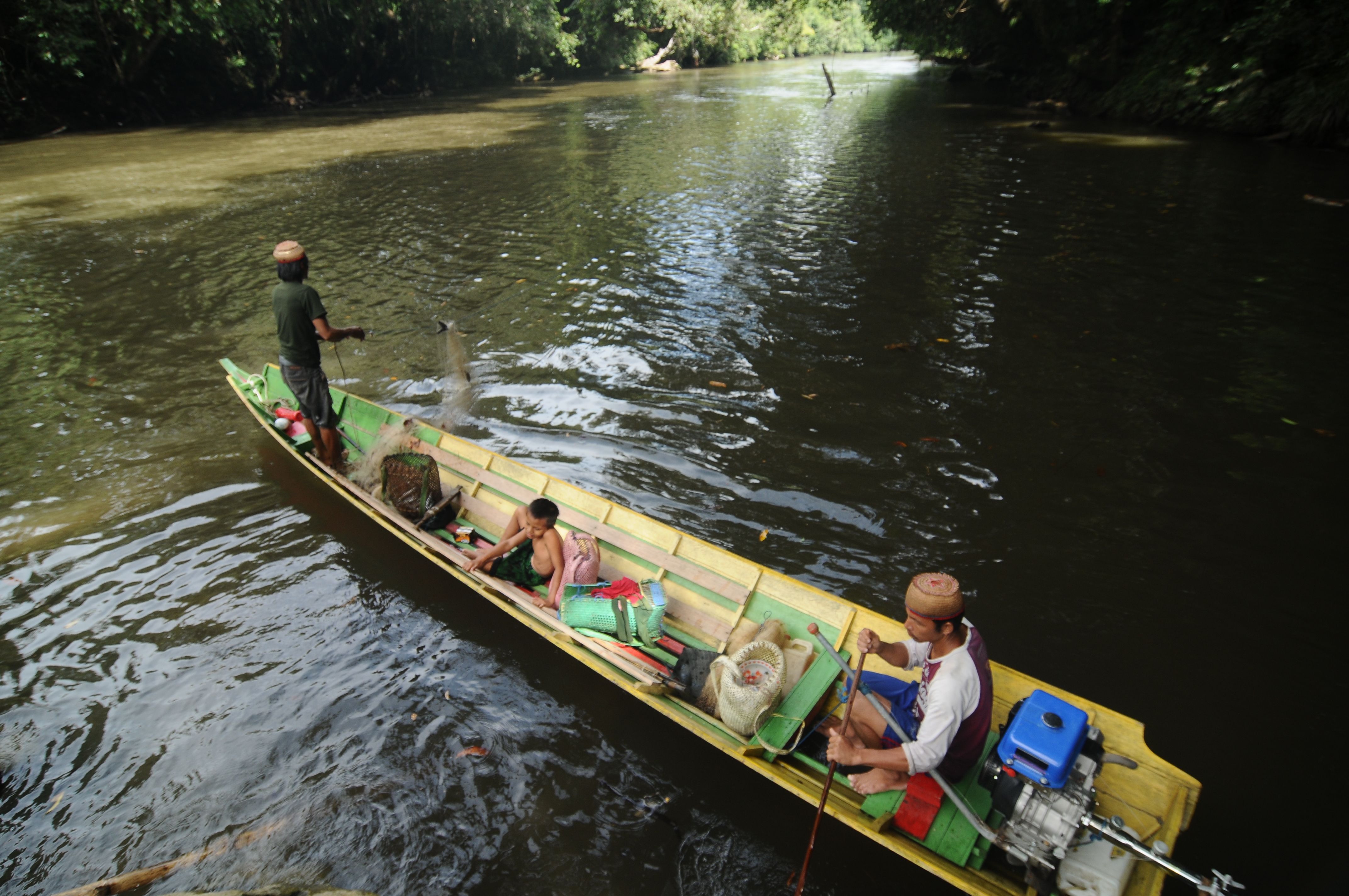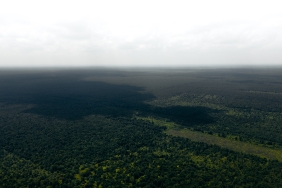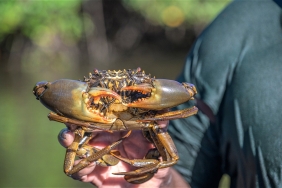SUNGAI TEPAI AND THE LIFE OF THE PEOPLE OF LONG GELAAT
By: Ari Wibowo
Community Organizer West Kutai, East Kalimantan, WWF-Indonesia
When it comes to Kalimantan, Dayak tribes, clear flowing rivers, wilderness, wildlife and traditional culture come to mind. In the interior of The Heart of Borneo, there is a village in the upper reaches of the Mahakam River, namely Long Tuyoq Village, Mahakam Ulu Regency, East Kalimantan.
Our journey started from Mahakam Ulu, where most villages have limited access to transportation. The only access is through the Mahakam River, which has very challenging and dangerous cascades. Recently there has been a land route, but it can only be passed during the dry season. This is because if it is the rainy season, the road is impassable due to thick mud and the absence of a bridge connecting the road, so it takes more effort to get to Long Tuyoq Village. It's quite an exhausting journey!
Another access is by air, using a 12-seater pioneer airline that can be reached through Melak City - the capital of Mahakam Ulu Regency or through Samarinda City - the capital of East Kalimantan Province.
We flew to Datah Dawai Airport, a small airport located deep in the jungle in the interior of the Heart of Borneo in Long Lunuk Village, Long Pahangai District, Mahakam Ulu Regency and then we continued our journey by boat ketingting (long boat with engine) following the river current or commonly called milir with a travel time of approximately 3 hours. The swift cascade did not hinder our intention and effort to arrive at Long Tuyoq Village, a village assisted by WWF-Indonesia East Kalimantan.
For the Dayak people, especially those who live in East Kalimantan, the river is a source of life. Local communities cannot be separated from rivers, starting from the Mahakam River, which is the largest river in East Kalimantan that empties into the Makassar Strait, as well as thousands of other tributaries that are at the heart of the lives of indigenous peoples in upstream villages.
The ethnic Dayak in Long Tuyoq are the Long Gelaat Dayak (Bahau sub-tribe) who usually refer to the river in the local language, hangui meaning water. There is the Tepai River, which is one of the tributaries of the Mahakam River - a 920 km long river that crosses the West Kutai Regency upstream, to Kutai Kartanegara Regency and Samarinda City downstream.
In the past, the Long Gelaat Dayak tribe was a tribe that often migrated, moving from one place to another. The Long Gelaat tribe originated from the land of Apo Kayan (Malinau Regency), moved to live following the instructions of the hipui (king) who moved also to meet food needs, avoid disease and other threats, and the area that became the location of moving for settlement was always on the banks of the river and finally settled on the side of the Mahakam River and became a legitimate village as it is today.
The Tepai River is a source of clean water for the Long Tuyoq community and includes the freshwater biodiversity of the lowland hills in Mahakam Ulu. For generations, the indigenous people there have tried to always maintain and protect the Tepai River for the survival of the people there. Every day, the people there look for fish only for daily consumption at home. But if they get more fish, they will sell it to others. Because of the preservation of the environment around the Tepai River, the fish available are abundant enough to meet the needs of around 439 people living in Long Tuyoq Village.
The indigenous people there have a belief that in their daily lives, they should not be excessive in taking things from the forest. This philosophy is strongly held by the residents of Long Tuyoq Village and they believe that if any of their residents take excessively anything that has been created by the Almighty, then disaster will come to the family who violates this belief. In this way, together, the people of Long Tuyoq Village protect the Tepai River so that it remains clean and benefits the surrounding community.
In the watershed hydrological system, the Tepai River is within an ecosystem area with local terminology, which they call tene' legaat (inherited land) and tene' begaiit (cherished land), tene' pehau loong gliit (land of the Long Gelaat tribe). The strong belief in customary law and tradition to protect and preserve the forest has kept the forest area around Sungai Tepai as pure primary forest. No one dares to violate these customary rules, neither the villagers nor the HPH companies that are there.
For newcomers, the Long Gelaat tribe is a very friendly community. The presence of WWF-Indonesia is considered in accordance with the breath, soul and tradition of the villagers in caring for and preserving the forest and building a community life that lives on the side of the river and side by side with nature.
Local communities are the main actors in conservation work, joint activities encourage the creation of environmental and social order without leaving the culture, traditions and culture also knit the dream of continuing to live prosperously with nature continues to be built in a participatory and sustainable manner.





